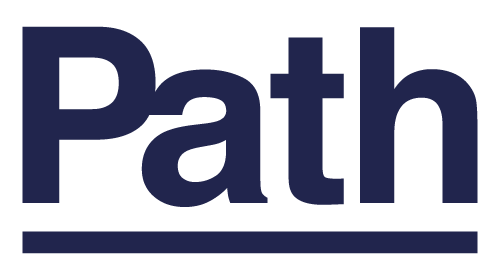Are you left brain or right brain dominant? Imaginative or logical? Creative or technical? I remember these questions from the early days of my career. I secretly never subscribed to the theory, but would play along when older colleagues discussed which box individual people ticked. They were wise owls, so it had to be right. Right? Well, after 25 years in the industry as an industrial designer and consultancy owner, I’ve worked with brilliant people from both camps. The experience has shone a light on the fallacy of this way of thinking.
The theory of left-brain or right-brain dominance started in the 1960s with psychobiologist and Nobel Prize winner Roger W. Sperry. The brain functions differently on each side and, whilst this is true, the two halves are connected by the corpus callosum, an information super highway through which the brain functions as a whole. Sperry’s research on epilepsy patients who had this connection severed to relieve the condition gave rise the theory of dominant sides of the brain. A recent two-year study, however, by a team of eminent neuroscientists found no MRI evidence to support this notion. Indeed, children who learn a musical instrument have a larger corpus callosum, indicating the brain develops as a whole from a creative or technical learning skill.

Unfortunately, the misperception of brain dominance endures and, most damagingly for our industry, it stringently categories people and agencies as either creative or technical – never both. It seems like no one has ever heard of Leonardo da Vinci…
Creativity and technical skill are undeniably intertwined and symbiotically reliant on each other. Coming up with new ideas requires the ability to recognise process patterns, overcome traditional codes or standard practices, and allow imagination to approach problems from different angles whilst simultaneously using your foundation of technical knowledge. To imagine and create beautiful, purposeful things that work, you need both.
The Trouble with Typecasting
In the world of FMCG branding and packaging innovation, organisations often typecast graphic designers as the ‘creatives.’ Industrial packaging designers are left with no available creative moniker, so by default they are called ‘technical.’ But I’ve known brilliant graphic designers who can’t draw for toffee and need inspiration from others before they digitally execute a design on a Mac. Conversely, I’ve known industrial designers who have ideas flowing from every pore, illustrate beautifully, innately feel a brand’s personality, and work materials in three dimensions. So, which one is the creative and which the technician?
This is why brand innovation and design shouldn’t be carved up into creative and technical activities executed in isolation. Companies that employ multiple consultancies for a single project, one for the ‘creative,’ one for the ‘technical’ and one for the implementation, are trying to produce a race horse, but end up with a camel – and in doing so, inefficiently burning their budgets.
No matter the frequency and quality of the dialogue between consultancies or how many meetings held, each team goes off to their respective studios and designs in a semi-vacuum. Brand owners often miss an opportunity to produce the really big, joined-up idea. A symbiotic proposition delivering maximum brand impact at every consumer touch point. The most successful brands are those who have integrated creativity and technology as one force, hearts and minds.

A perfect illustration of this is our work on Cornerstone. Our team here at Path worked together on each and every stage of brand creation – graphic designers with industrial designers, strategists with copywriters, print experts with manufacturing consultants. This integration supported the integrity and successful delivery of the brand’s core idea across all touchpoints. From the kraftboard box cleverly engineered to accommodate all 120 product combinations to the unique, cast aluminium alloy handle of the razor. The result? Cornerstone smashed its business targets and became the biggest subscription-only male grooming brand in the UK. And we took home a DBA effectiveness award.
Theories come and go. With respect to Sperry, I’d like to see an end to being labelled either a creative or technical person. It doesn’t help organisations or individuals who strive to design better things, from widgets to bridges. We can all be equally creative and technical, it’s a matter of being inquisitive, hungry to learn, and having the opportunity to express your imagination without scepticism.
Tim Collins is a Founding Director at Path

